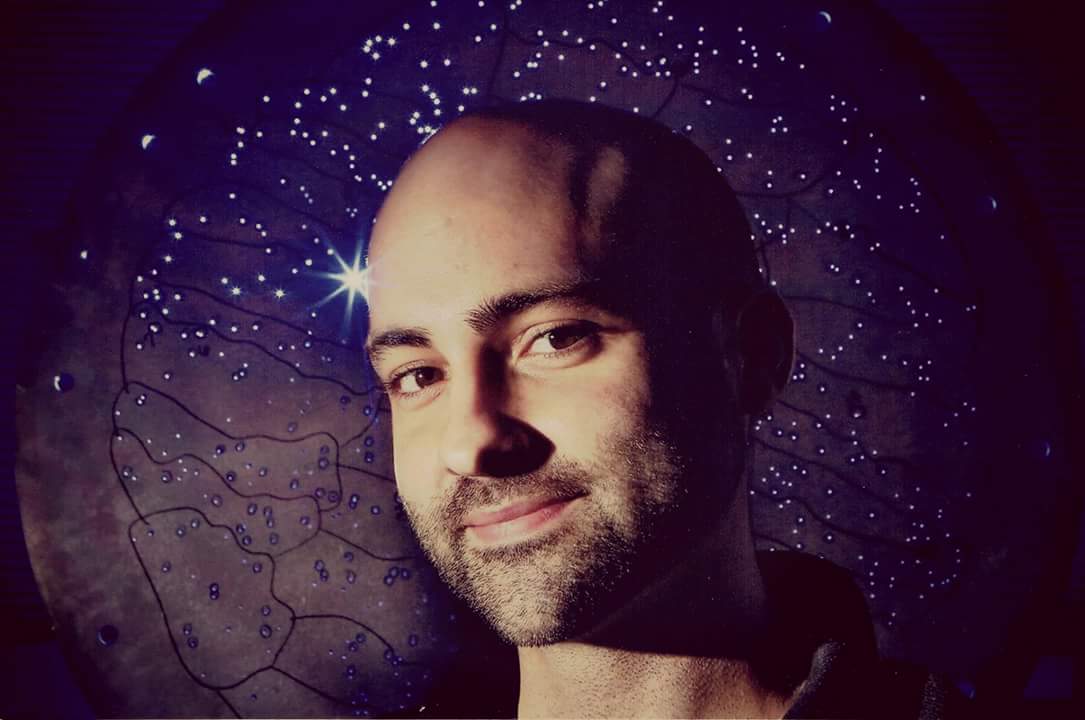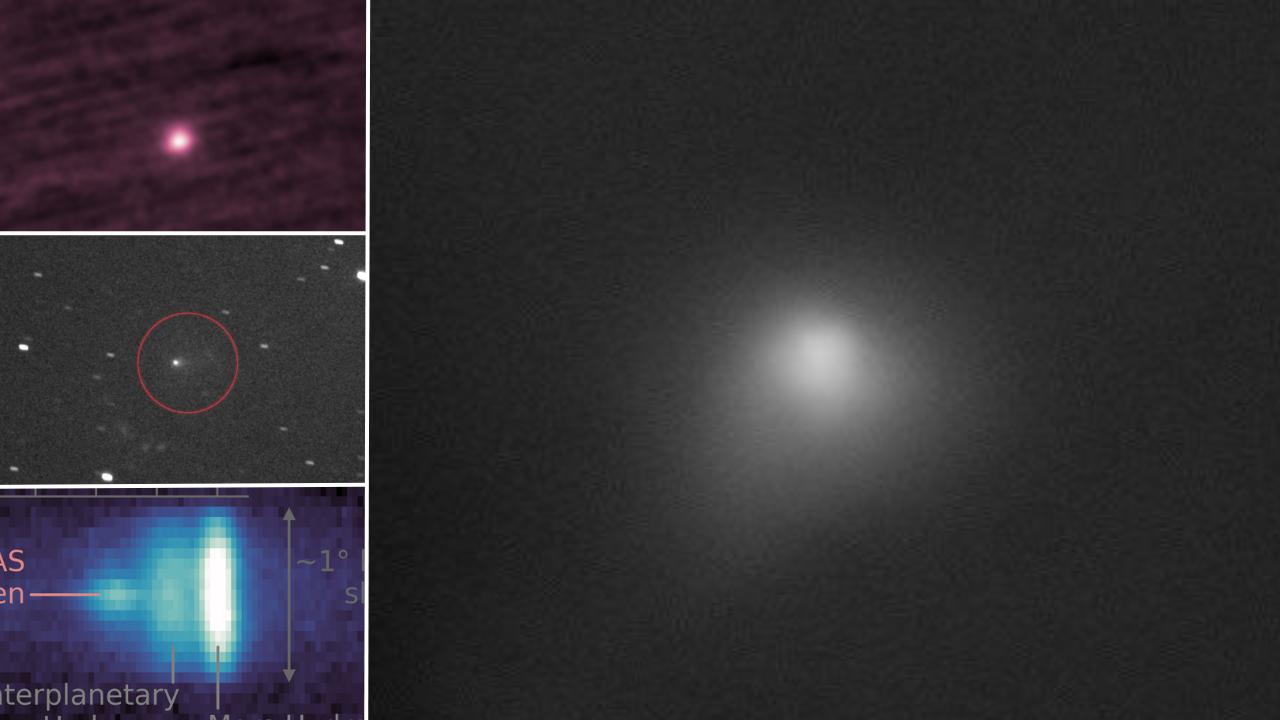'We Don't Planet' Episode 11: Type II Supernovae
All stars fuse hydrogen into helium in their cores, and mid-range stars like our sun will go on to fuse helium into carbon and oxygen at the end of their life cycle. But without sufficient mass, that leftover core of carbon and oxygen remains unburnt, and as the star sheds its outer layers in a series of violent eruptions, the core becomes exposed to space as a white dwarf.
But for larger stars — those at least eight times more massive than our sun — the pressures are sufficient to continue the fusion process. Carbon and oxygen can fuse into magnesium, silicon, and more. Near the end of their lives, this continual fusion and re-fusion creates an onion-like pattern, with layers of material all fusing at different temperatures.
Catch Every Episode of "We Don't Planet" Here!
However, the process reaches a natural tipping point with the formation of iron. Usually the intense gravitational pressures inside a star are balanced by the energy production of fusion; it's this balance that sustains stars for millions or even billions of years. But the fusion of iron into heavier elements actually takes, rather than gives, energy. So once a sufficient iron core forms, there’s nothing to stop catastrophic gravitational collapse.
The intense pressures shove electrons into the iron atoms, converting any protons into neutrons. Once a solid ball of neutrons forms, degeneracy pressure halts further collapse. The collapsing materials — essentially the entire weight of the star — encounter that almost-impenetrable ball and bounce back, triggering an explosion. The resulting shockwave blossoms into the surrounding system for light-years, and when such supernovae occur in our own galaxy, they are bright enough to sometimes be seen during the day.
"We Don't Planet" is hosted by Ohio State University astrophysicist and COSI chief scientist Paul Sutterwith undergraduate student Anna Voelker. Produced by Doug Dangler, ASC Technology Services. Supported by The Ohio State University Department of Astronomyand Center for Cosmology and AstroParticle Physics. You can follow Paul on Twitterand Facebook.
Breaking space news, the latest updates on rocket launches, skywatching events and more!

Paul M. Sutter is a cosmologist at Johns Hopkins University, host of Ask a Spaceman, and author of How to Die in Space.
